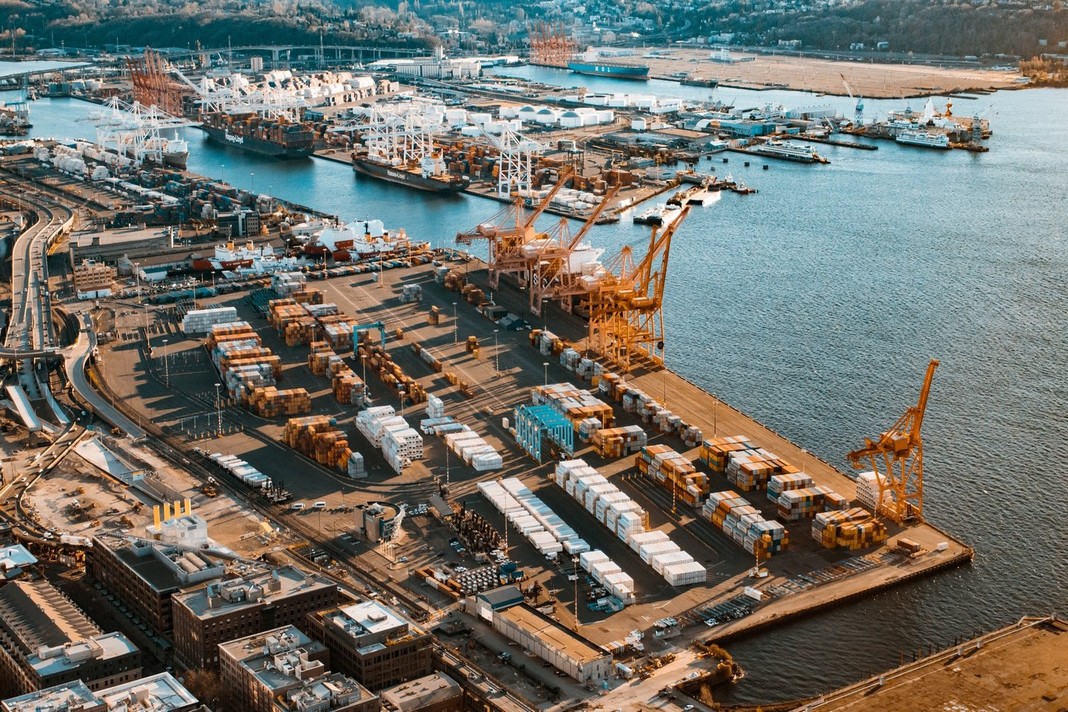
Sam Chambers Splash247
Shenzhen might have got through the worst of another Covid lockdown, but the ripple effects of China’s battle with omicron are seeing ships back up along the nation’s coastline with carriers forced to change schedules to avoid growing congestion issues.
Shenzhen came out of a seven-day lockdown yesterday, and while its port workers were allowed to work for the duration of the shutdown, limited trucking and warehousing availability has created some supply chain issues.
An update from Danish liner Maersk yesterday forecast vessel waiting times will increase in Shenzhen. Elsewhere, Covid flare-ups are causing port pressures at key gateways including Qingdao, Shanghai and Ningbo-Zhoushan.
“Congestion at Chinese ports surged over the past week as the lockdown of several Chinese cities affected productivity at the main ports with dense fog also affecting operations at several ports in Northern China,” a new report from container analysis firm Linerlytica stated, noting how the increase was especially marked in Qingdao.
Last night, China locked down Shenyang, an industrial city of 9m people in northeastern Liaoning province.
China’s financial hub Shanghai reported a record surge in daily local Covid-19 infections yesterday.
Health authorities reported 4,770 new infections across the country on Tuesday forcing many areas into lockdown as part of Beijing’s ongoing strict zero Covid strategy.
In Hong Kong, a city battered by Covid this year, forwarders estimate a cut of at least 70% trucking capacity, which in turn is having a domino effect on the rest of the supply chain.
Carriers including Maersk, Mediterranean Shipping Co (MSC) and Hapag-Lloyd have been forced to make schedule changes to avoid the worst of the Chinese port congestion in recent days.
The congestion issue brought about by this latest Covid surge in China is not just affecting container operations.
Data from Braemar ACM from last Thursday showed that queues of laden capesize bulk carriers had grown by 26% week-on-week to 7.4m dwt, standing 12.3% above the five-year average for the time of year.
“The scope for a rebound in congestion, as a result of the lockdowns, is now higher given the constraints ports are under when employee infections rise,” Braemar ACM stated.
For the moment, tankers do not appear to be hit by the Covid surge.
Data from AXSMarine does not point to an increase in waiting times at any of China’s major oil import or export terminals.